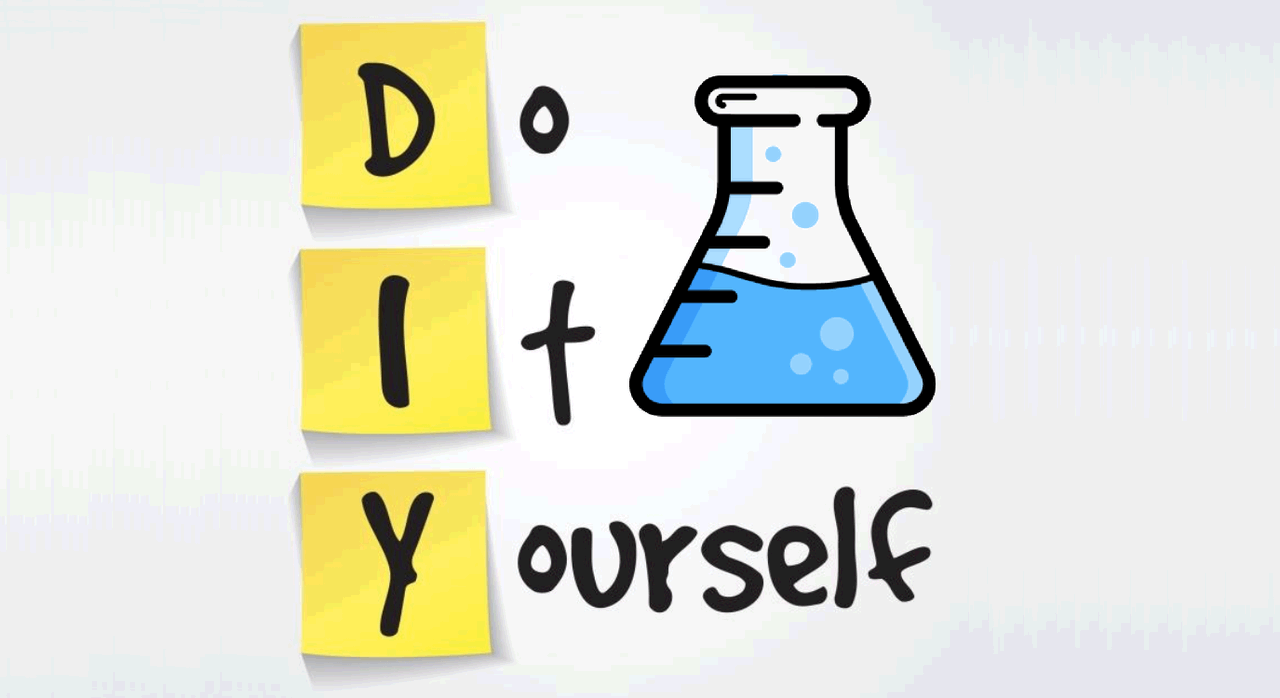We have come to a point with Data Science tools where you can just slam in a bunch of data, and the wizardry of the tool engine tells you which model works best for your data. Then simply run it against a dataset for some predictions like next year’s sales. Ergo, no need for Data Scientists, as you can self-service your quest for hidden gold, right? I mean, why having to know about the difference between Naïve Bayes and such, when an engine said it wins with 99,6% against 94,2%...

Let me tell you, things can go wrong quite fast. For instance, you as the brand new sales manager use a dataset with 10 years of company data to acquire some predictions. A good choice on its own, but did someone tell you that the business model changed a few of times over that period? Or that the supply chain was too weak for market demand during a couple of years? Not to mention the dodgy Data Migration effort during the switch of ERP systems, which left the company with a heapload of hidden data quality issues. All of these things matter, and matter a lot more when a tool offers near-instant predictions.
Data Science is not done by tool enablement. It is a continuous journey of ploughing through data and sometimes putting on the gloves and rumble. Involve your colleagues, as it is best to relate data, and your discoveries, to a shared business understanding. They might know some interesting angles to your story. If you have a hunch, transform it into a business case as soon as you can, because putting on a miners helmet and axing your way through data offers little gold.
Good Data Scientists will guide you through all of these processes, and help you to apply proper statistics on well understood data. Then you can turn data into gold. Surely advanced tools will help you, and them. But there is a lot more to it to ensure that you will be making Data Science work!





